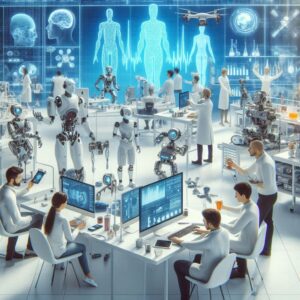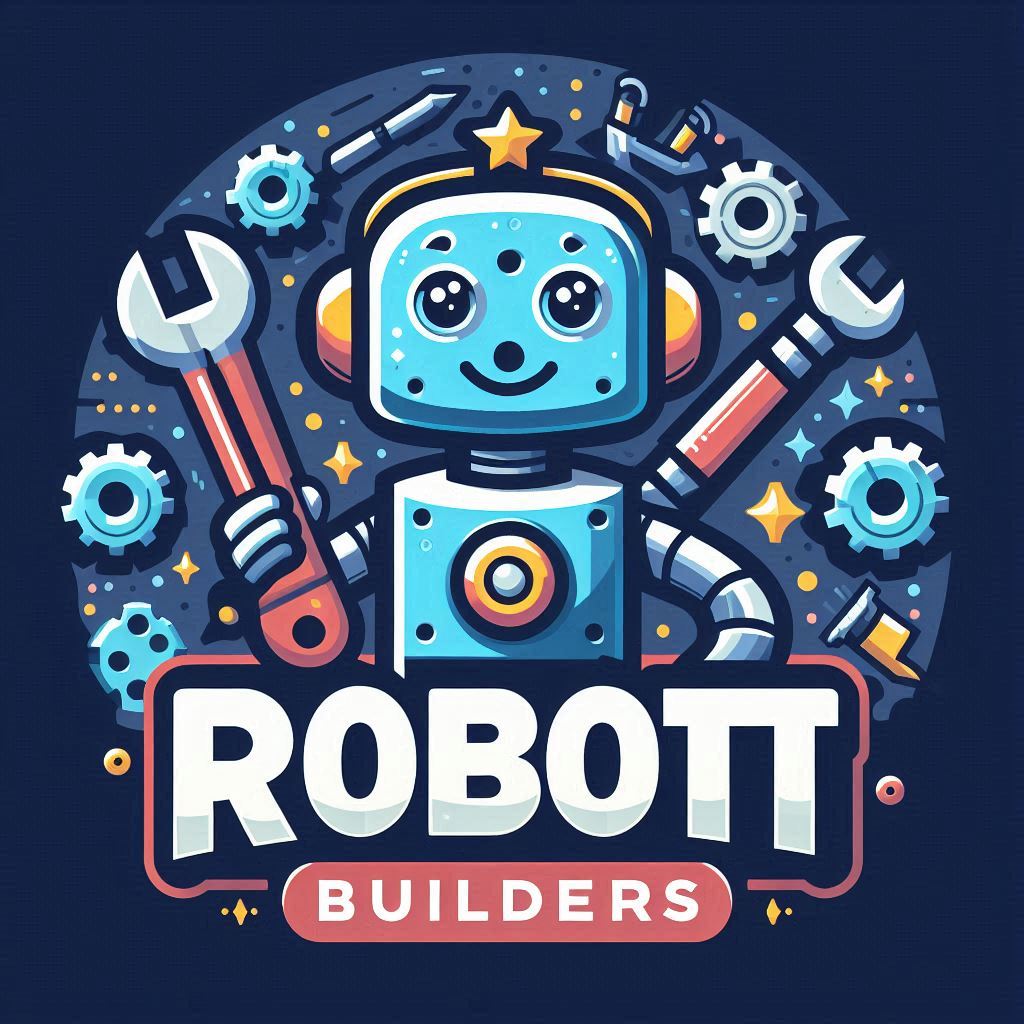Robotics technology continues to evolve at an unprecedented pace, transforming industries and redefining possibilities. This year has been particularly remarkable, with groundbreaking innovations that showcase the potential of robotics in healthcare, manufacturing, exploration, and beyond. Let’s dive into the top robotics innovations that are shaping the future.

1. Autonomous Mobile Robots (AMRs)
Autonomous Mobile Robots (AMRs) are revolutionizing industries by automating material handling and logistics. Equipped with advanced sensors and AI, AMRs navigate complex environments without human intervention.
Key Features:
- Real-time navigation and obstacle avoidance.
- Efficient transportation of goods in warehouses and factories.
- Applications in healthcare for autonomous disinfection and delivery.
2. Collaborative Robots (Cobots)
Collaborative robots, or cobots, are designed to work alongside humans, enhancing productivity and safety in manufacturing environments.
Key Features:
- User-friendly interfaces for easy programming.
- Adaptive sensors to ensure safe interaction with humans.
- Flexible deployment across various industries.
3. AI-Powered Robotics
Artificial intelligence is driving robotics to new heights, enabling machines to learn, adapt, and make decisions autonomously.
Key Features:
- Machine learning algorithms for predictive maintenance.
- AI-driven robots in healthcare for diagnostics and surgeries.
- Enhanced decision-making capabilities in dynamic environments.
4. Soft Robotics
Soft robotics focuses on creating robots with flexible, adaptive structures that mimic biological organisms.
Key Features:
- Safe interaction with humans and delicate objects.
- Applications in minimally invasive surgeries and agriculture.
- Flexible actuators for organic-like movements.
5. Robotics as a Service (RaaS)
Robotics as a Service (RaaS) is transforming the way businesses adopt automation. By offering robots on a subscription basis, RaaS makes advanced robotics accessible to smaller companies.
Key Features:
- Cost-effective solutions for automation.
- Scalable services tailored to business needs.
- Applications in retail, logistics, and customer service.
6. Internet of Robotic Things (IoRT)
The Internet of Robotic Things (IoRT) integrates robotics with IoT, enabling seamless communication and coordination between devices.
Key Features:
- Real-time data sharing for optimized operations.
- Applications in smart factories and connected homes.
- Enhanced efficiency through interconnected systems.
7. Humanoid Robots
Humanoid robots are becoming increasingly lifelike, with advanced emotional intelligence and agility.
Key Features:
- Realistic facial expressions and gestures.
- Applications in customer service and entertainment.
- Enhanced mobility for dynamic tasks.
Conclusion
This year’s innovations in robotics technology highlight the incredible potential of machines to transform industries and improve lives. From autonomous robots to AI-driven systems, these advancements are paving the way for a future where robotics plays a central role in solving global challenges.
